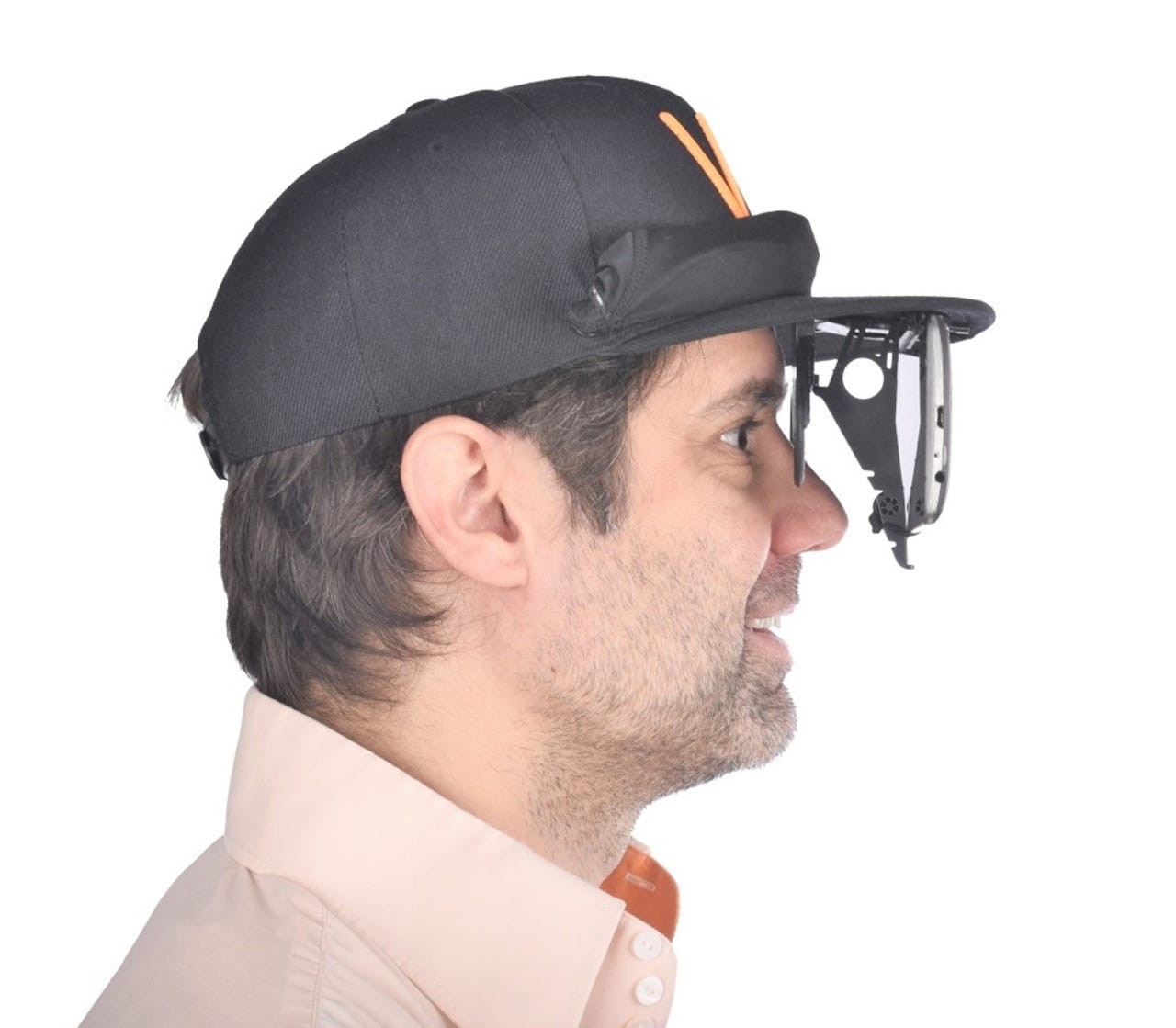MWC fails: Gadgets that never made it


Virtual Vizor
Virtual Vizor was introduced at MWC 2016. It is a foldable holder with lenses that attaches to users' baseball caps and turns their smartphones into virtual cinemas.
Related:
Practically indestructible gadgets
How much are tech's biggest failures worth today?
Motorola Backflip
The Motorola Backflip never got the attention it was looking for after launching at MWC 2010. Slider phones and slim, sleeker devices forged ahead and captured our attention instead.
Related:
Practically indestructible gadgets
How much are tech's biggest failures worth today?
Sony Xperia Agent
The Xperia Agent from Sony is still a concept. It was showcased at MWC 2017, yet you still cannot buy this cool looking device. Users could give this virtual assistant voice commands to connect it to their smart home devices.
Related:
Practically indestructible gadgets
How much are tech's biggest failures worth today?
Runcible smartphone
A quad-core Snapdragon processor powers the Runcible circular smartphone with a sustainable interchangeable back, announced at MWC 2015.
Related:
Practically indestructible gadgets
How much are tech's biggest failures worth today?
Sony SmartEyeglass
The SmartEyeglass from Sony offered increased productivity, and reduced errors with its augmented reality solution. It also offered a transcription service converting speech into visible text. The product has now been discontinued.
Related:
Practically indestructible gadgets
How much are tech's biggest failures worth today?
Tethercell
The Tethercell battery adapter was announced at MWC 2014. It allowed users to connect to and control AA battery operated devices such as baby monitors and TV remote controls from their mobile phones. It's currently unavailable.
Related:
Practically indestructible gadgets
How much are tech's biggest failures worth today?
AVG Invisibility Glasses
First seen at MWC 2015, these retro-reflective glasses from AVG make it difficult for facial recognition technologies to capture users' identities when they are out and about.
Related:
Practically indestructible gadgets
How much are tech's biggest failures worth today?